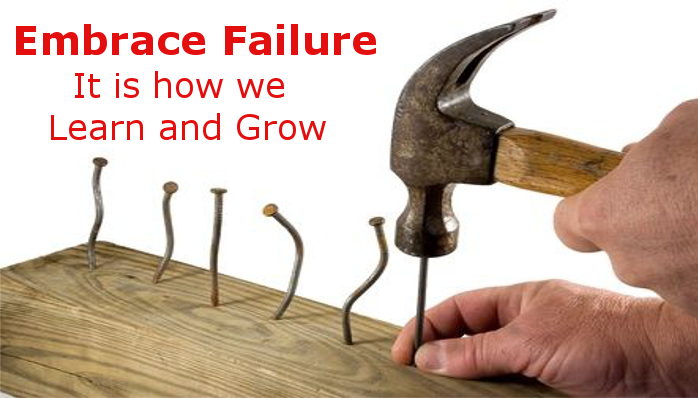Having bought a house that needed a lot of refurbishment we could only manage that by involving the kids so here are my top tips on how to combine kids and DIY:
1. Get childcare!
I know this seems like a complete contradiction to start with but let's be honest, clearly there are some jobs that cannot safely be done unless nursery/grandparents come to the rescue. Don't try to 'just nip and tear down the ceiling' or 're-plumb the bathroom' whilst kids are around. In fact, for both of these you probably want them out of the house!!
2. Don't make it a shopping trip
Our kids hate shopping (and so do I for that matter!) so try to avoid turning a fun day of DIY into a 3 mission at B&Q before not actually doing any DIY. I've always used places like screwfix, or online retailers such as click basin to make sure I have everything in place before attempting to involve the kids. (I don't even take the risk of mentioning the job before the materials have arrived).
3. Prepare, prepare, prepare
Following on from not shopping - tidying seems be another of our kids pet hates. Sanding, dust sheets, masking and moving of furniture etc should all be done before the main event.
4. Create jobs
Painting a whole wall is not going to be achievable by a 4 year old. But using a mini-roller on the bottom of a wall is. They can be chief nail passer. Or measurer - IKEA tape measures are a handy kid tool (just don't actually cut anything to their measures!). Or I have just found this amazing thing on amazon...(totally getting one!)
5. Teach
Painting a whole wall is not going to be achievable by a 4 year old. But using a mini-roller on the bottom of a wall is. They can be chief nail passer. Or measurer - IKEA tape measures are a handy kid tool (just don't actually cut anything to their measures!). Or I have just found this amazing thing on amazon...(totally getting one!)
Don't expect a 4 year old to be an expert plumber. But they will be able to push some pipes together. They won't start as an expert painter, but given enough instruction even a very young child will be able to roll a mini roller up and down a wall - just make sure even the simplest of details are spelt out - which bits are painted, which bits aren't etc.
6. Accept failure
If you're looking to instantly create a perfect job, do it yourself (or get someone else to do it). Part of the teaching involved in number 5 is accepting that it still may not be right. That's OK - as long as you've done step 4 properly!
7. Make it special
Make it an exciting event rather than a chore. Our eldest has a special hair arrangement when she knows she's going to be painting (which works for her and for us to help create a slightly less multicoloured bath time). Keep 'special' DIY clothes, or shoes. Have a particular playlist of DIY songs.
8. Keep safe...
I'm not the tidiest or most organised DIYer at the best of times, and I've been known to accidentally pass a drill from one had to the other whilst pushing the trigger more than once. And you can count the number of times I've picked up sharp tools on the wrong end on 4 1/2 fingers. Be extra vigilant with young children around. Power tools should be out of reach - and unplugged (or batteries disconnected). Dust and noise are particularly dangerous to young children so beware!
9. ... but not too safe
Part of the excitement for children to help with DIY is the perceived (and I stress perceived (see tip 8!)) risk involved. Let them hammer a nail or be a holding hand on a slowly turning drill. It is by trying these things that they will learn to enjoy them - and therefore give you more time to do them! Bur obviously, everyone knows their individual child's strengths, weaknesses and limits. Maybe powertools are not the best medium to explore the boundaries.
Part of the excitement for children to help with DIY is the perceived (and I stress perceived (see tip 8!)) risk involved. Let them hammer a nail or be a holding hand on a slowly turning drill. It is by trying these things that they will learn to enjoy them - and therefore give you more time to do them! Bur obviously, everyone knows their individual child's strengths, weaknesses and limits. Maybe powertools are not the best medium to explore the boundaries.




Comments
Post a Comment